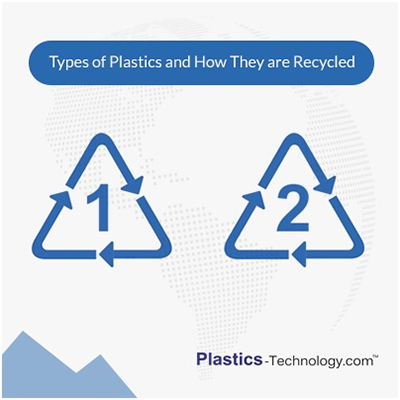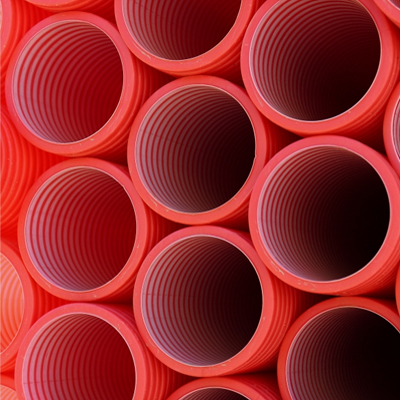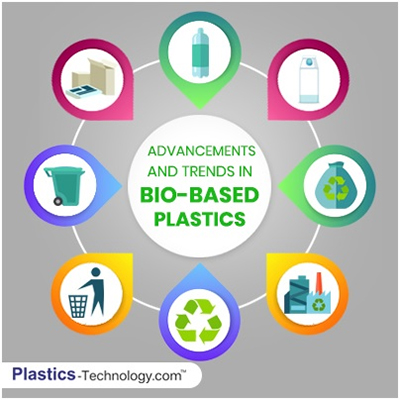Types of Plastics and How They are Recycled

Plastic recycling is a modern environmental policy trending in the communities across the nations. Plastic recycling is now hugely expanded. Plastic recycling allows one of the best solutions to the increased plastic waste in the environment. Plastic recycling is the process of breaking down used trash and waste plastics to recover usable material for the manufacturing industry. As plastic is lightweight, it can be transported to long distance easily by water or air. It is also accountable for the deaths of many creatures like animals, fishes and birds. One of the most important aspect to be aware of plastic recycling is to make sure that you are following all of the rules associated. In the modern moment, not all types of plastic bottles can be recycled. Only the 1 or a 2 marked on the bottom of the bottle can be recycled. Also, you need to remove labels or caps from your plastic bottles as well.
Types of plastics:
PET:
Polyethene Terephthalate is a familiar plastic commonly found in beverage bottles, perishable food containers and mouthwash, these plastics are usually considered safe but can absorb odour and flavours from foods and liquids stored in them. Most recycling programs accept this plastic but, only about 25% of them are recycled per year. PET plastics are recycled into the mats and fibres for winter garments.
HDPE:
High-Density Polyethylene is a thick form of plastic, used for a wide variety due to its extreme durability and weather resistant.
It had a very low risk of passing into foods or liquids. Generally, used for milk jugs, detergent containers, toys, and carrier bags this type of plastic is also found often in picnic tables, truck bed liners, and other instances.
PVC:
Polyvinyl Chloride is softer plastic found in food wrap, plumbing pipes, tiles, windows, medical equipment, pipes and tubes PVC is rarely recycled. Its high tolerance for sunlight and weather make it ideal to use in garden hoses and other outdoor products. PVC contains toxic chemicals combined to a variety of diseases, including bone and liver diseases and developmental issues in infants. Specialized programs recycle PVC into flooring and panelling etc.
LDPE:
Low-Density Polyethylene is used for grocery bags, frozen food containers, and bread bags. Rarely it is used for plastic lumber, landscaping boards, and floor tiles. Earlier it is not used to be recycled because of its low durability but, now more recycling programs are coming forward to accept. Recycled LDPE can be made into garbage cans, panelling, furniture, flooring and bubble wrap.
PP:
Polypropylene is the light yet strong material that prevents your chips or cereal from going spoiled before you open them. Syrup bottles, bottle caps, butter/margarine/yoghurt cups, straws, and packing tape are commonly made with PP plastics.
PP is recycled into items like pallets, ice scrapers, rakes and battery cables only 3% is recycled annually.
PS:
Polystyrene often is known as ‘styrofoam,’ and it most commonly used in takeaway boxes, to-go cups for hot or cold beverages, disposable dinnerware, egg cartons, and packaging peanuts.
It is a versatile plastic it is also used as insulation and sheeting for lamination being comprised of highly dangerous carcinogens. The food contained within absorbs leached styrene. The polluted foam buildup seen on the water bodies is largely formed of PS plastic and is toxic to animals and humans, which is why it is not recyclable. It is mostly, a use and trough type of material.
Process involved in recycling:
The plastic recycling processes involves collecting, sorting, shredding, washing, melting, and pelletizing. The particular method of recycling is different, based on plastic resin or type of plastic product.
Most plastic recycling plants use a two-step process:
• Sorting plastics automatically or with a manual sort to make sure all the contaminants are removed from the plastic waste stream.
• Melting plastics directly into a new shape or shredding into flakes then melting down before being finally processed into granulates.



